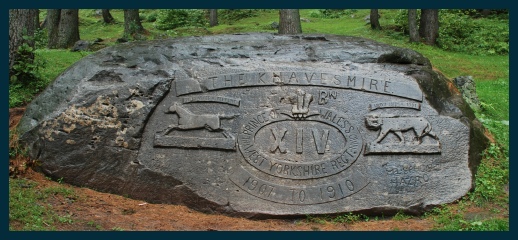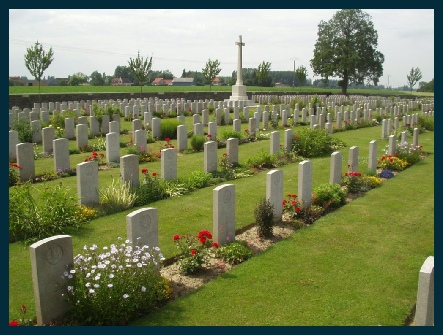Copyright © All rights reserved.



William Smith

William Smith was the oldest son of James Percy and Mary Ann Smith and was born in the second quarter of 1880 in the Malton area. James and Mary Ann Bilton were married on 13th October 1877 in St Michael’s church and by 1911 had had thirteen children, seven of whom were still alive.
In 1881 they were living in Luccock’s Square , Greengate , a small group of long-
1881 Census –resident at Luccocks Square, New Malton, Malton, Yorkshire, England
James, Smith, Head, Married, Male, 29, Foundry Labourer (Iron), Malton, Yorkshire, England
Marian, Smith, Wife, Married, Female, 24, -
Betsy, Smith, Daughter, Single, Female, 2, -
William, Smith, Son, Single, Male, 1, -
By 1891 James and Mary Ann were living with six children, still in Luccock’s Square. James was working as a labourer and the children were all at school presumably the Wesleyan School on Greengate.
1891 Census – resident at Luccock’s Square, Greengate, Malton
SMITH, James, Head, Married, M, 39, General Labourer, Malton Yorkshire
SMITH, Mary A, Wife, Married, F, 34, , Malton Yorkshire
SMITH, Betsy, Daughter, , F, 12, Scholar, Malton Yorkshire
SMITH, William, Son, , M, 11, Scholar, Malton Yorkshire
SMITH, James, Son, , M, 6, Scholar, Malton Yorkshire
SMITH, Ernest, Son, , M, 4, , Malton Yorkshire
SMITH, Walter, Son, , M, 3, , Malton Yorkshire
SMITH, Fred, Son, , M, 1, , Malton Yorkshire
The 1901 Census shows them living at 34 Greengate. James now had a job as furnaceman at a foundry, quite possibly Yate’s. William was serving with the West Yorkshire Regiment, and the two teenage sons were also working.
1901 Census – resident at 34 Greengate, Malton
SMITH, James, Head, Married, M, 49, Furnaceman Foundry, Malton Yorkshire,
SMITH, Mary Ann, Wife, Married, F, 44, , Malton Yorkshire,
SMITH, Betsy, Daughter, Single, F, 22, , Malton Yorkshire,
SMITH, William, Son, Single, M, 21, Private 6081 & Co 2nd Batt W Y R, Malton Yorkshire,
SMITH, John Thomas, Son, Single, M, 19, Blacksmiths Apprentice, Malton Yorkshire,
SMITH, Ernest, Son, Single, M, 14, Errand Boy, Malton Yorkshire,
SMITH, Walter, Son, Single, M, 12, , Malton Yorkshire,
SMITH, Fred, Son, Single, M, 11, , Malton Yorkshire,
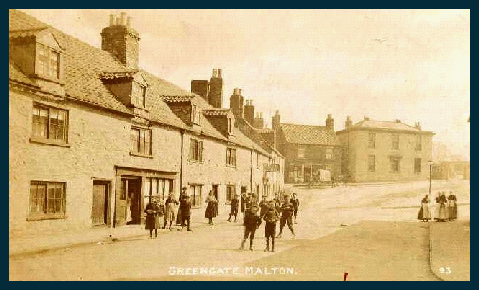
They left on the 8th and arrived in Saint Nazaire on the evening of the 9th. From there, they entrained to Coulommieres, and from there for the next week were routemarched around various villages before arriving at Bourg on 19th September. From there they marched to Troyon under shell-
By 1911 William, Sarah and Ernest were living in Luccock’s Square. He was on the Army Reserve list and working as a moulders’ labourer at an Iron Foundry, possibly Yates’.
1911 Census – resident at 2 Luccocks Square Greengate Malton,
William Smith, Head, Married, Male, 31, Luccocks Square Greengate Malton Yorks, Soldier Private On Reserve, Labourer Moulders,
Sarah Mosey Smith, Wife, Married, Female, 28, 1883, Easthorpe Nr Malton Yorks, -
Ernest Smith, Son, -
On the evening of August 3rd 1914, the day before war was declared, the men of the National Reserve in Malton received a notice of call up. The following morning they left Malton on the 9.33 a.m. train, destination unknown. ”They were accorded a hearty send-
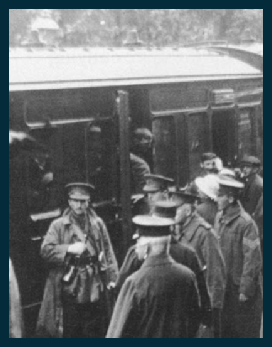
William’s destination was Lichfield and early on the morning of Friday 7th August the Battalion entrained at Trent Valley station for Dunfermline where they arrived at 5 p.m. the following day. There they stayed in billets and camp for the next week while the soldiers were inoculated before travelling by train to Cambridge where they encamped on Midsummer Common.
They stayed at Cambridge till 7th September, when they marched to Newmarket and entrained for Southampton and embarked on SS Cawdor Castle, about 1,000 men, 57 horses, 17 vehicles and 9 bicycles.
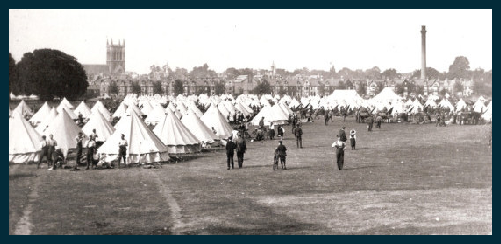
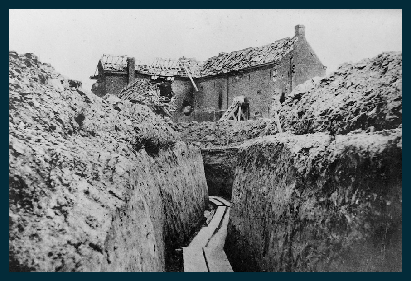
The remainder of September passed relatively uneventfully and at the beginning of October, after two large drafts of reinforcements the Battalion set off on a further week of route marching, arriving at Hazebrouck on 13th October. Here they went straight into action capturing the village of Bleu and establishing a new firing line, where they took “six bicycles, a wagon and some correspondence left by the enemy.”
They arrived at Vallee-
In Malton, the news of his death which took place on the 8th inst. was communicated to deceased’s relatives by two fellow comrades.
The first letter from Private J.E. Watson, a stretcher-
Pte A. Horner of the 15th West Yorks. also wrote:-
The “Malton Messenger” added that he “had been in the army for 14 years, seven years of which were spent in India. At the outbreak of war he was recovering from an operation and only passed the doctor for active service on Sept 24th. He went to France and was slightly wounded by shrapnel on Oct 31st. He recovered and again joined the fighting line only to meet his death as above stated. He leaves a widow and three children under 5 years of age. His widow only received a letter from him on the 4th inst. in which he said he should not be able to be at home for Xmas, but he asked his wife to see that the children had a good Xmas. Much sympathy is also felt with the deceased’s parents who only three years ago lost another soldier son in Egypt where he was drowned. They have one son yet remaining with the Army. “
William was buried at Ration Farm Military cemetery at La Chapelle-
William is commemorated in St Leonard's Church and on the Town Memorial.
According to the Malton Messenger, William spent much of his service with the West Yorkshires in India . Some time at least seems to have been spent at Kuldhana, a hill station in the Murree Hills where a memory of their time there survives carved on a rock.
During the last quarter of 1909 William married Sarah Mosey Sollitt in the York area and their first child Ernest was born on 15th June 1910. A daughter, Edna was born in the last quarter of 1911 and a third daughter Lilian in the second quarter of 1914.
